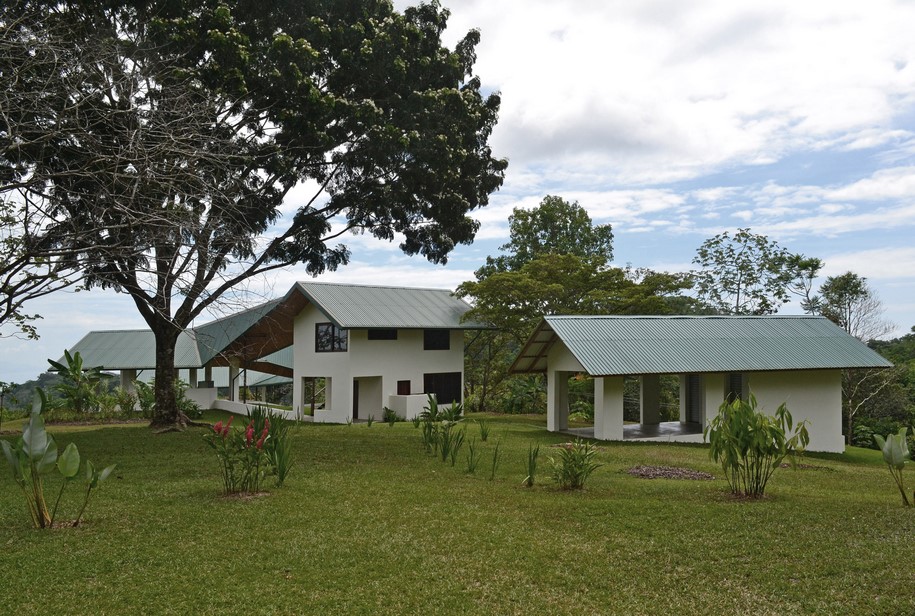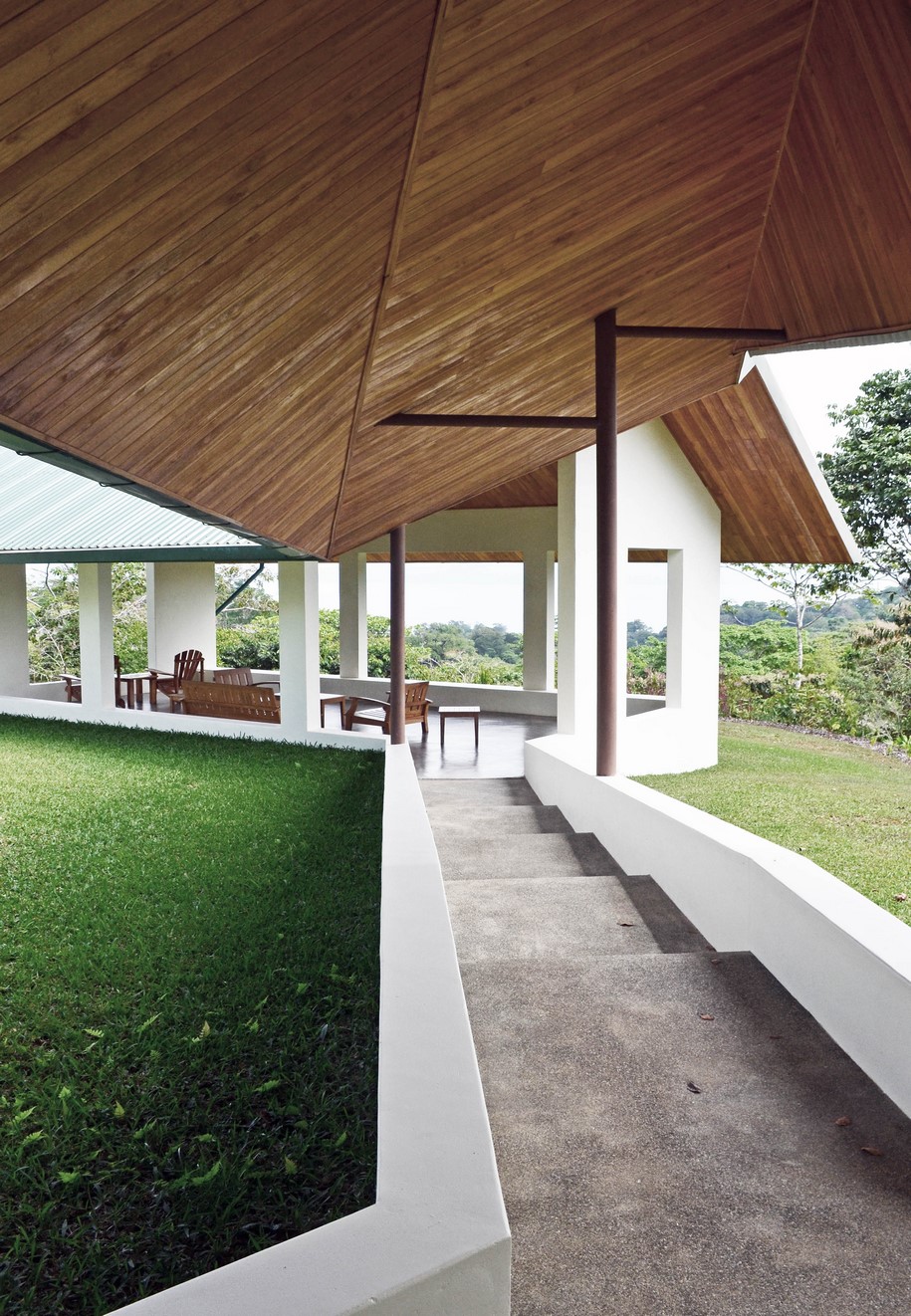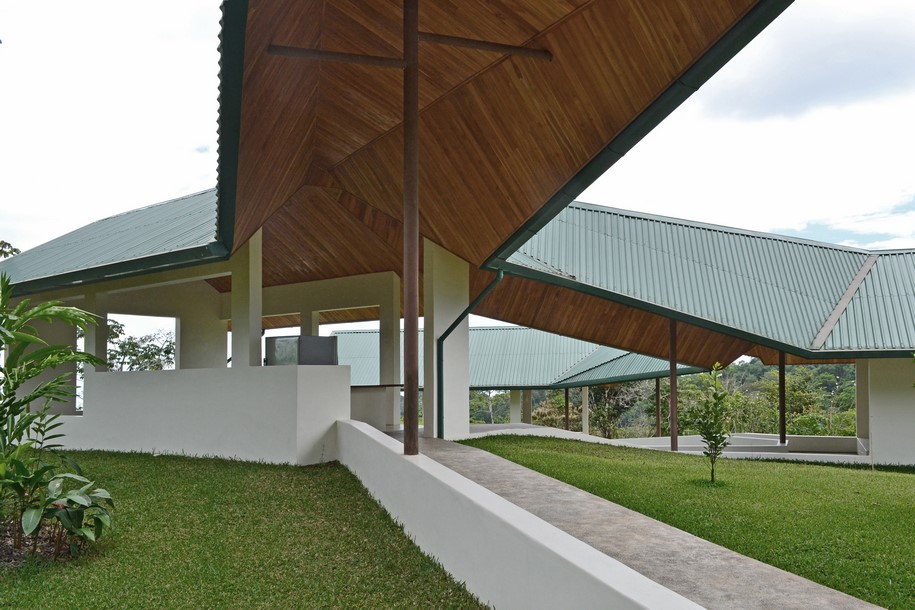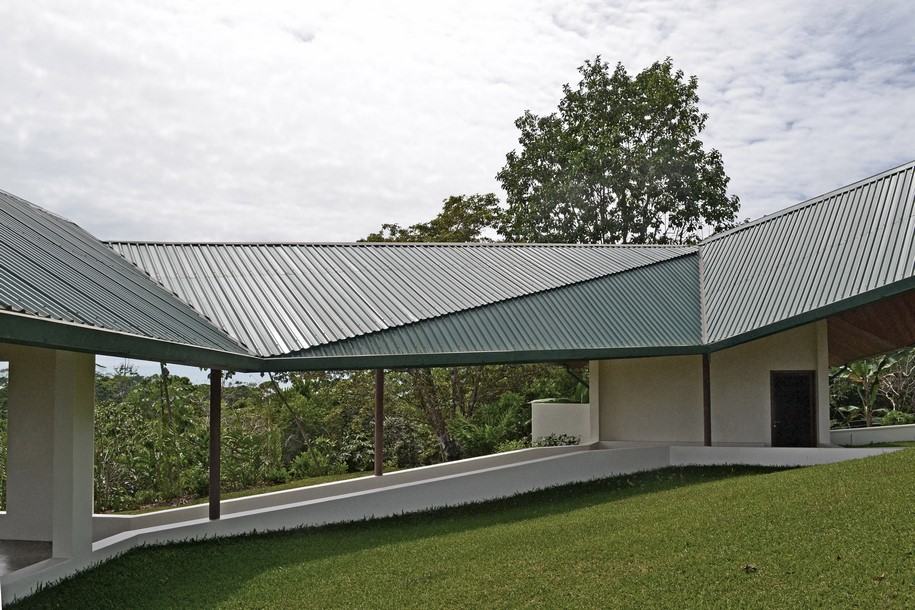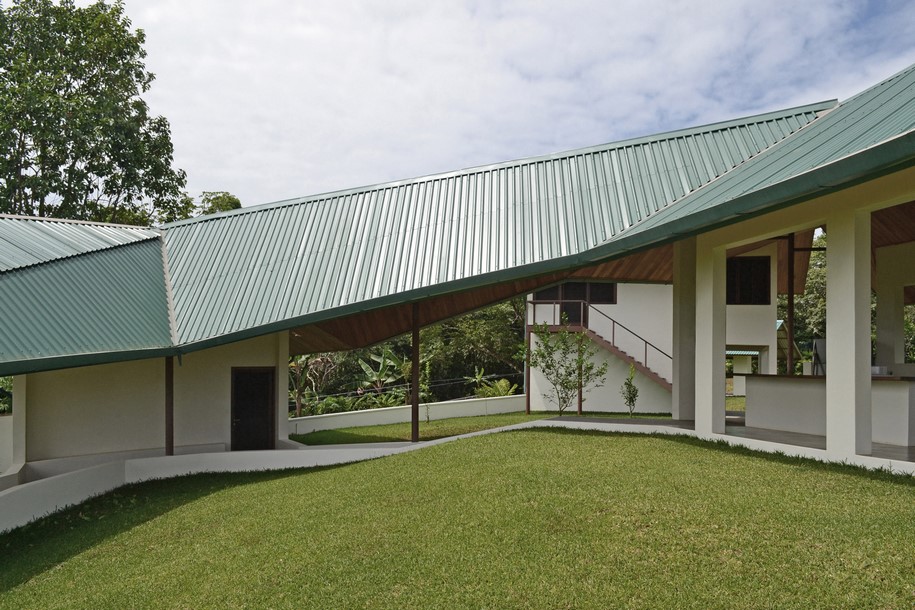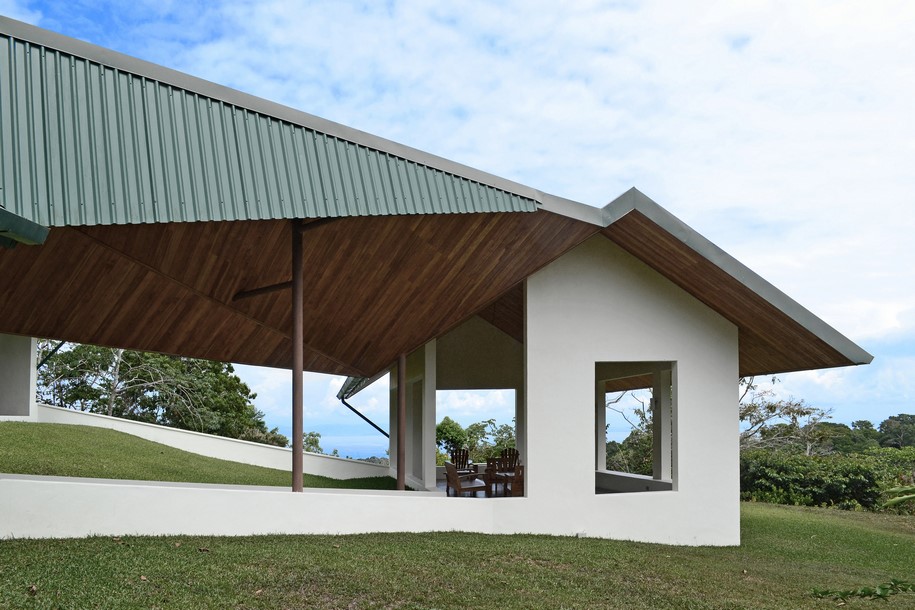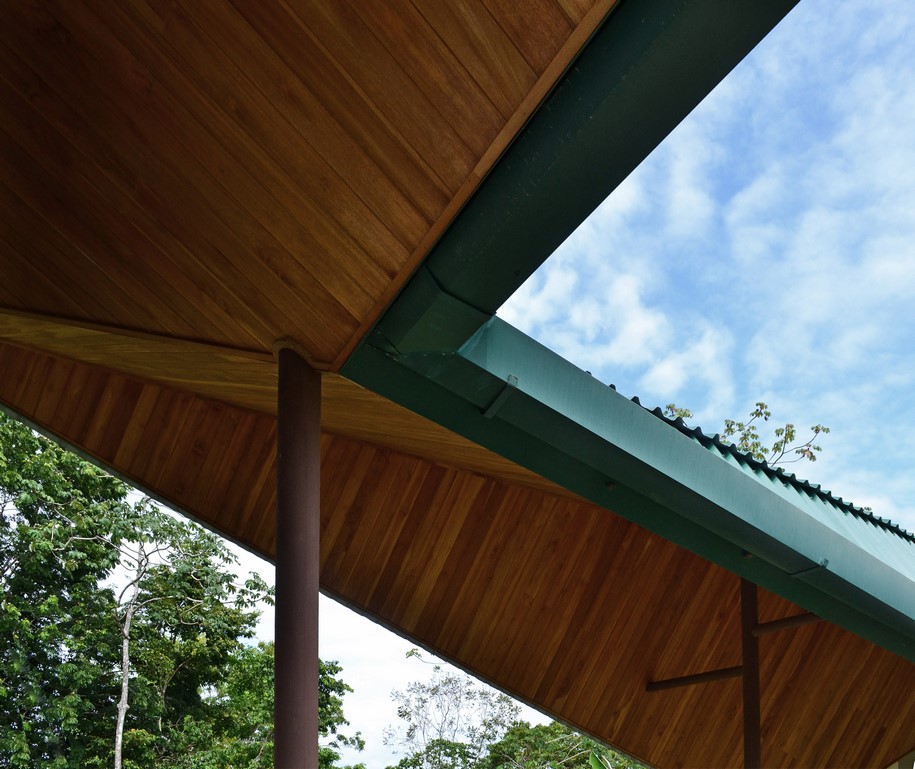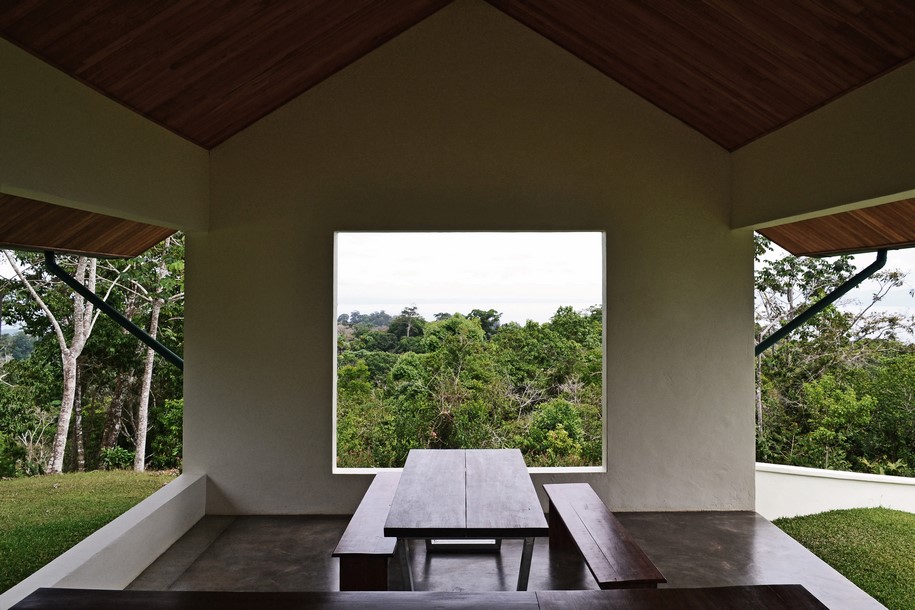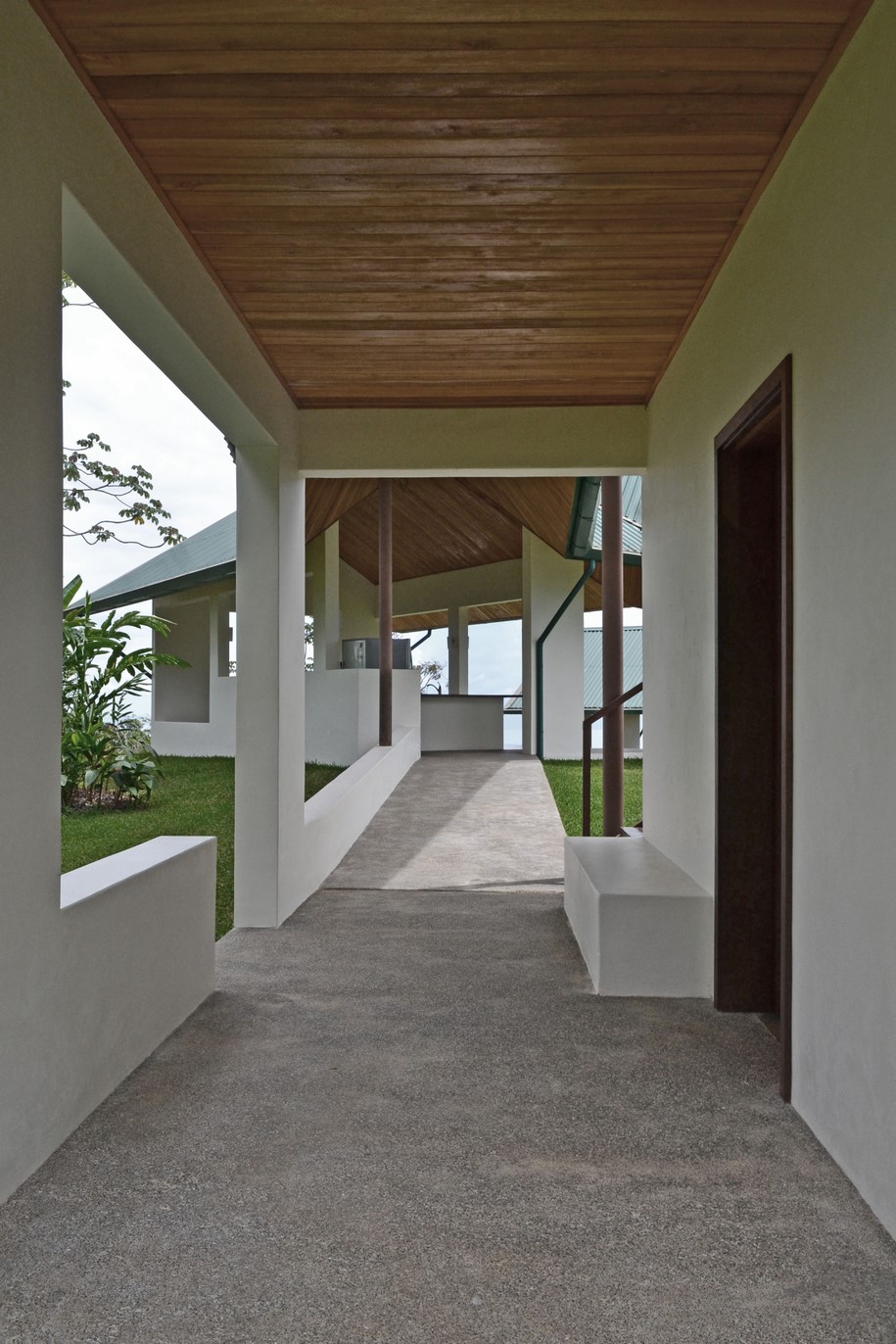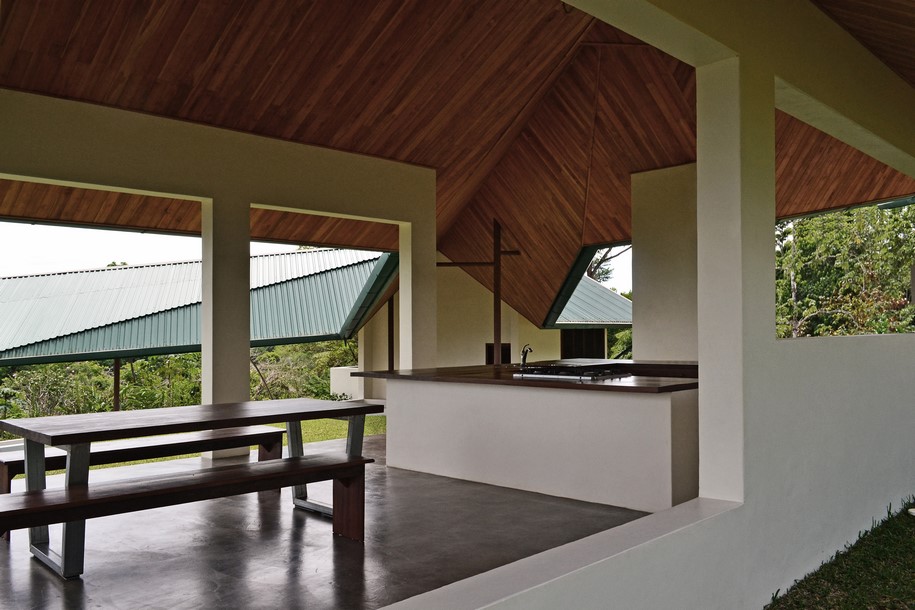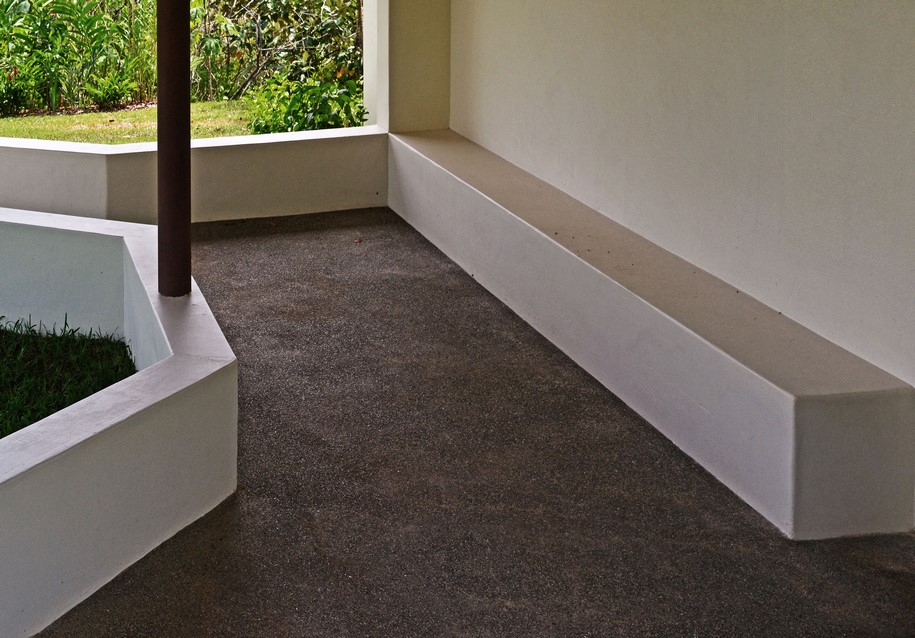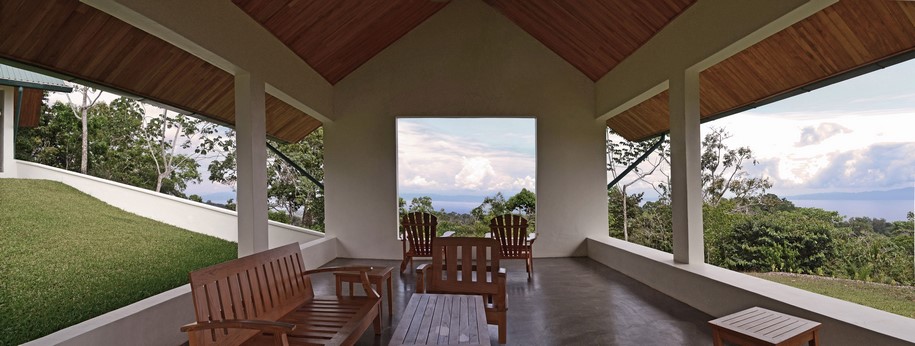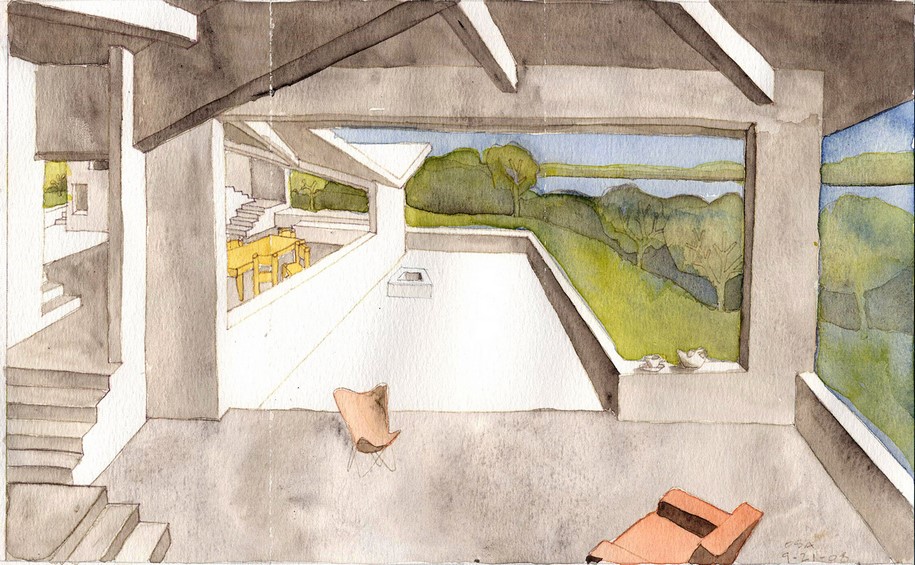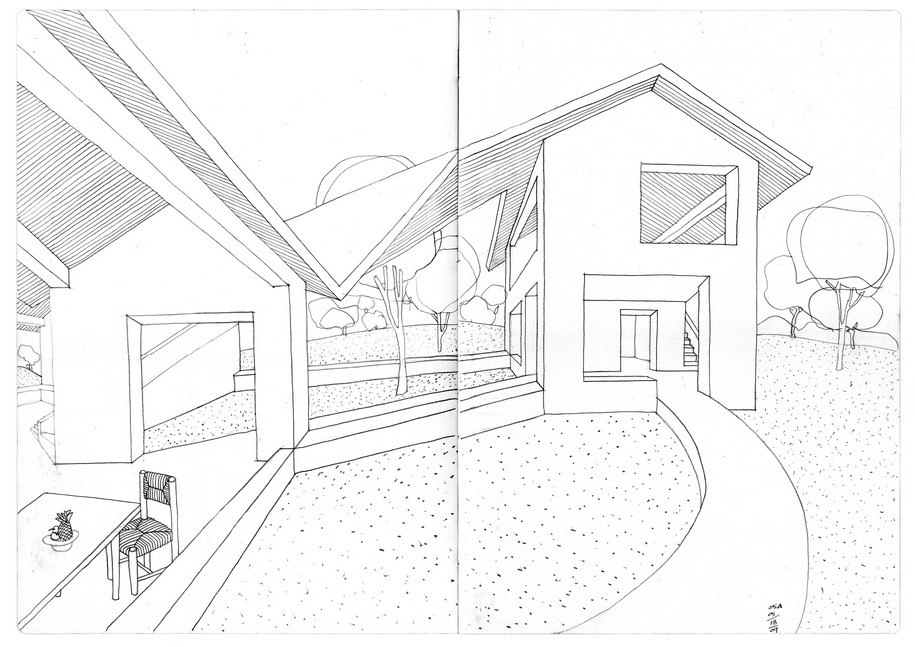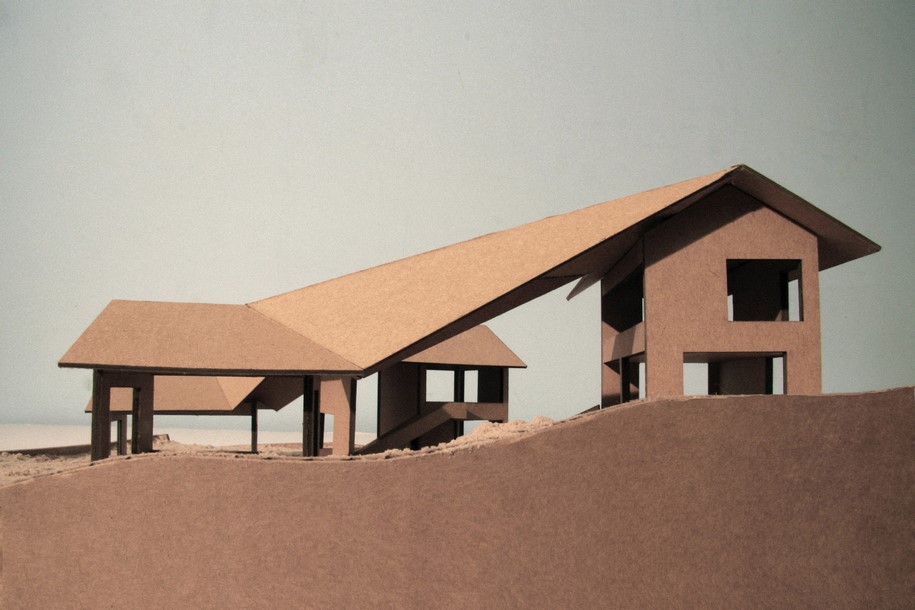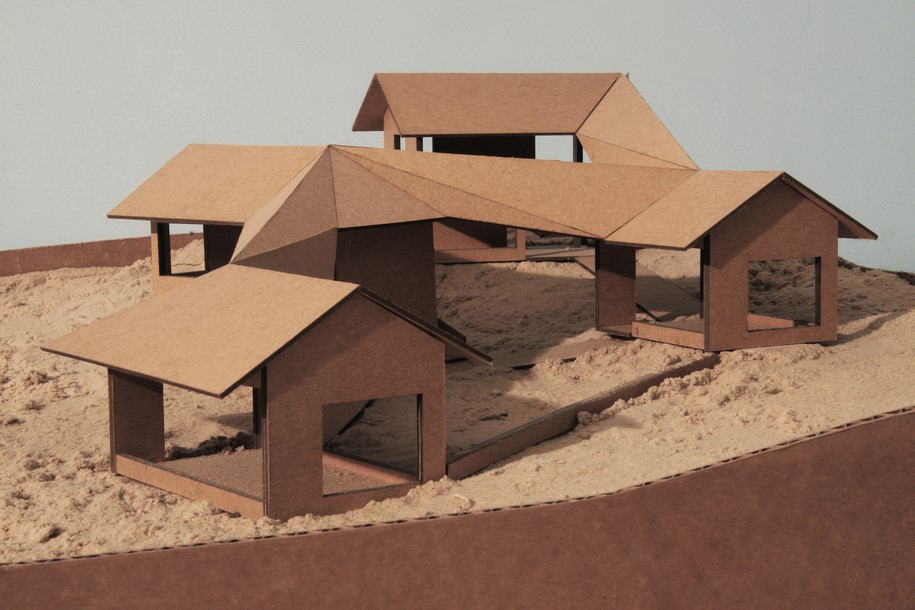Casa Osa, designed by OBRA Architects, is the vacation home for an American doctor, his wife and daughter located atop a hill in the remote rainforest of the Osa Peninsula of Costa Rica.
The site is located in the center of the peninsula with distant views of the Golfo Dulce to the East and the Pacific Ocean to the West.
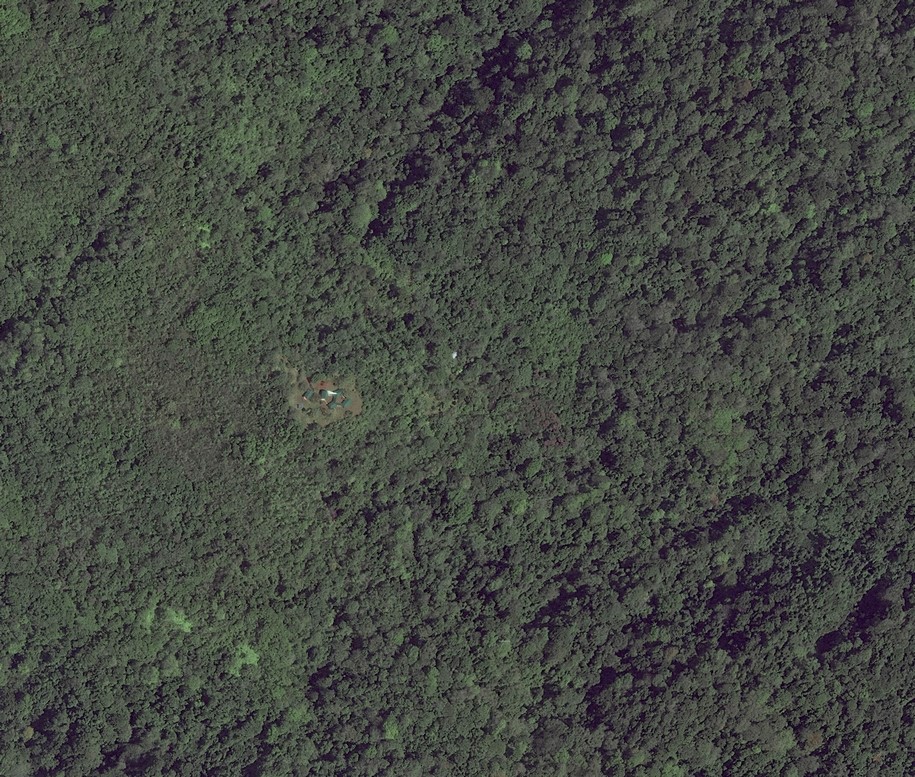
The house is for him the realization of a long held project of a life in the proximity of exuberant nature.
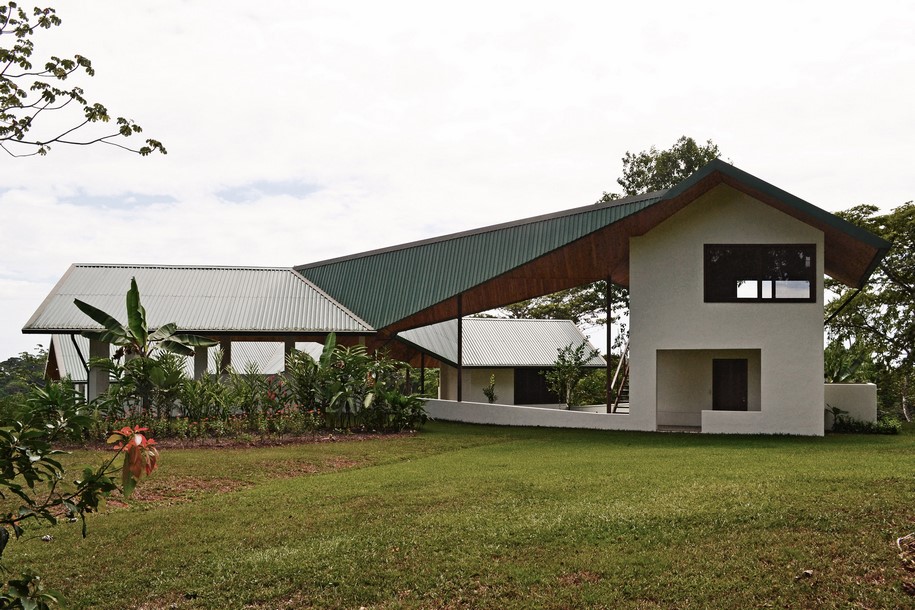
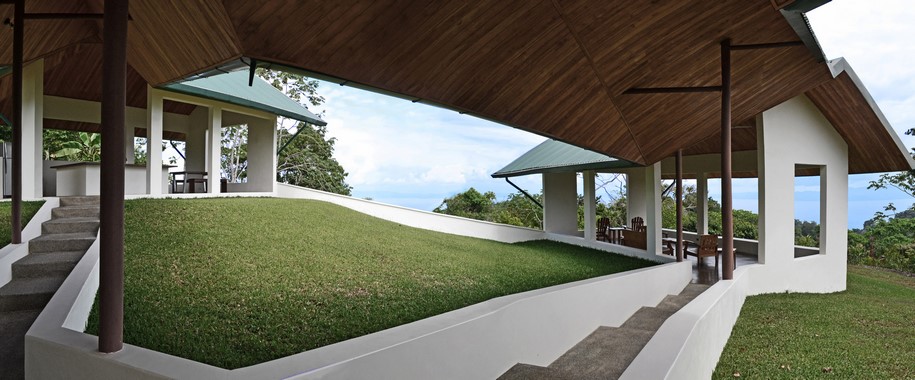
SILENT INVISIBLE GEOMETRIES
Stretching from entry of the property at the top of the hill down to the very edge of the bush at bottom, the different wings orient themselves according to the contours rotating in plan in relationship to one and other as they descend and privileging with their discrete axes of symmetry multiple points of fugue that structure the views of the forest around with silent invisible geometries.
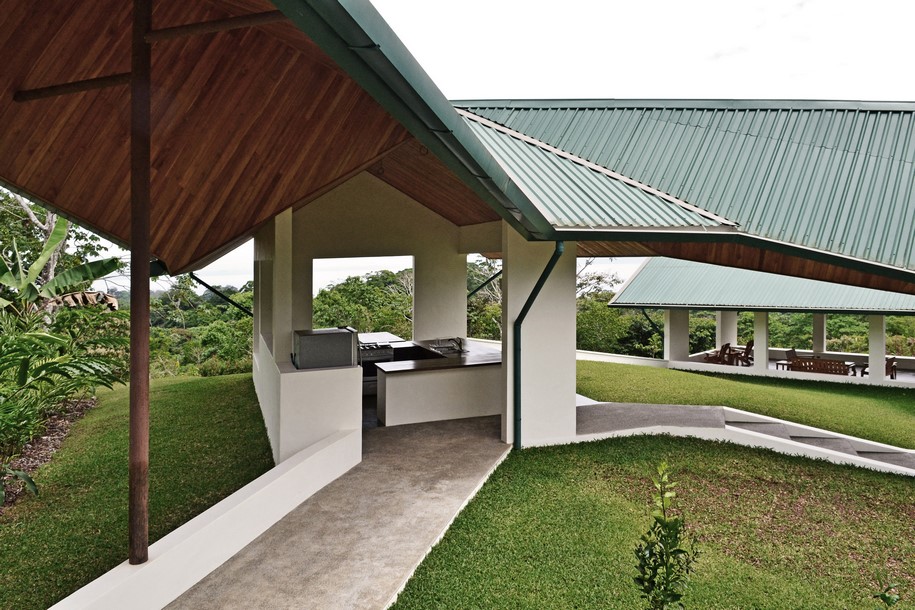
The house proposes as intimate as possible a collaboration with nature, defining the space as it often does as a sequence of descending gaps opening in different directions.


CONSTRUCTION: SIMPLE INGENUITY
Due to its remote location as well as its extremely tight budget, the house is built with local well-known materials the Costa Rican builders are well acquainted with: walls are white stuccoed CMU with reinforced concrete structure, floors are polished concrete and ceilings and fenestration are wood from locally harvested already-dead trees.
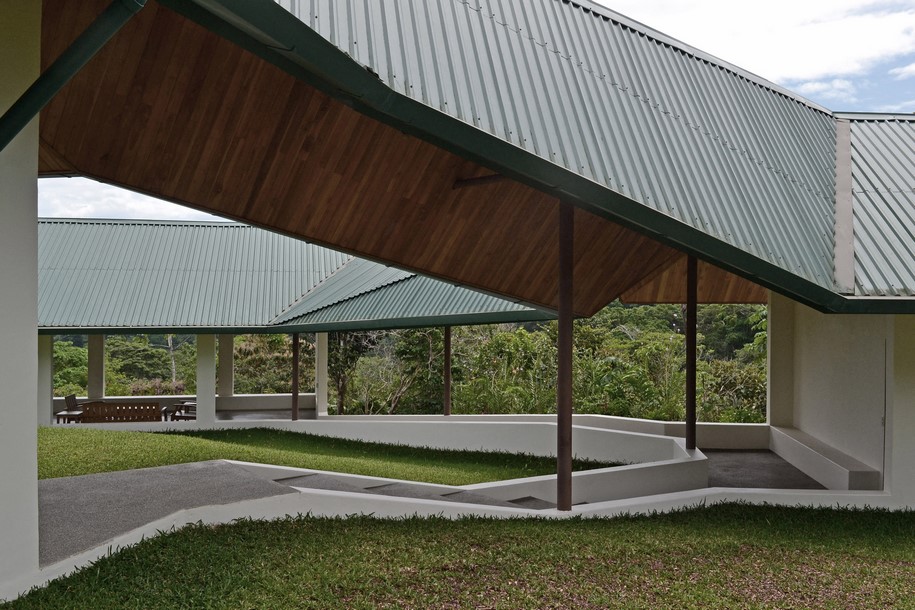
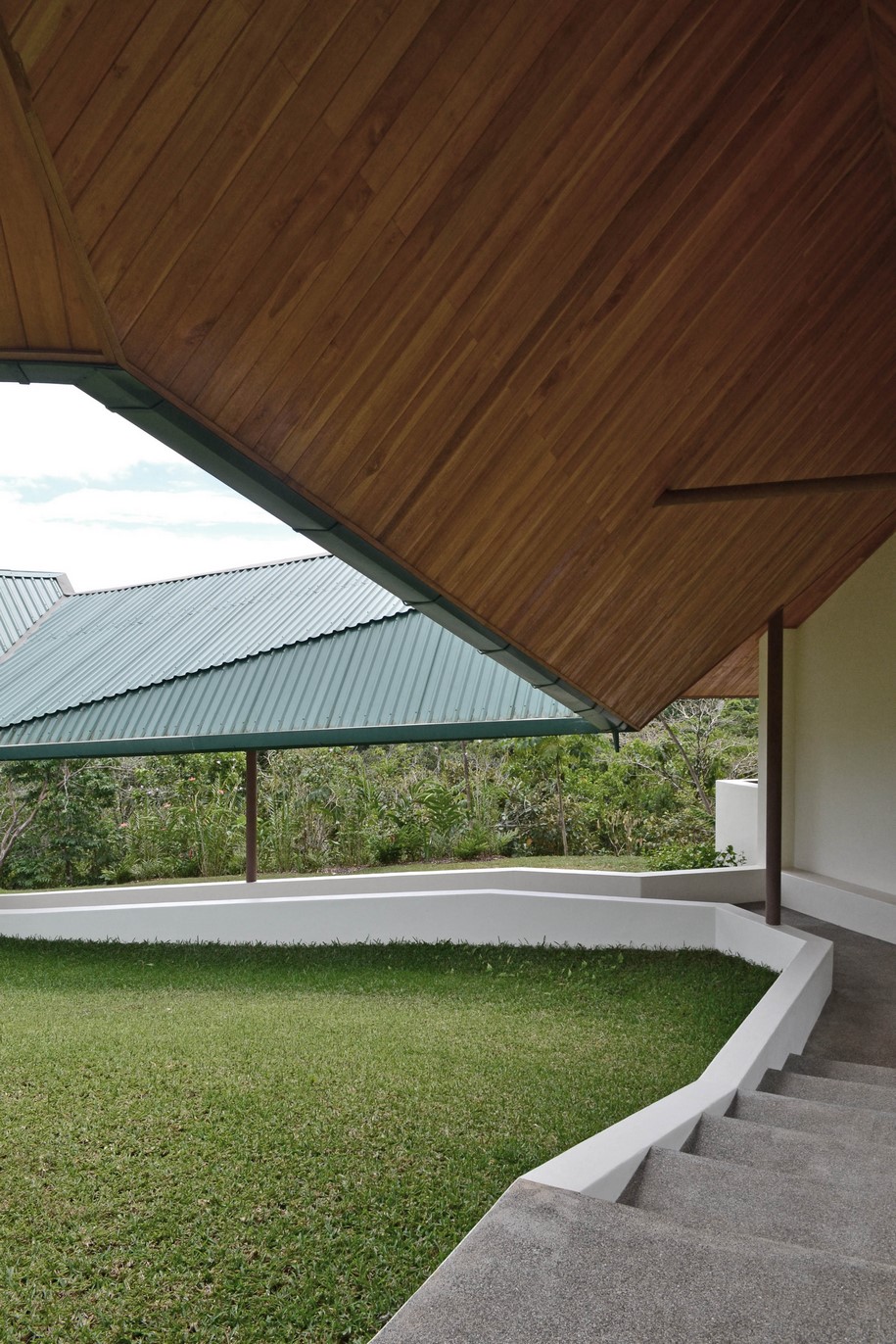
These are defined by low walls connecting the ends of alternating wings.
Providing transition between “interior” and exterior, the walled gardens are outdoor places that can safely be used in the evenings when deadly poisonous snakes come out of the forest to freely roam about.

Like many houses in the Peninsula Osa, the house collects power from an array of photovoltaic panels.
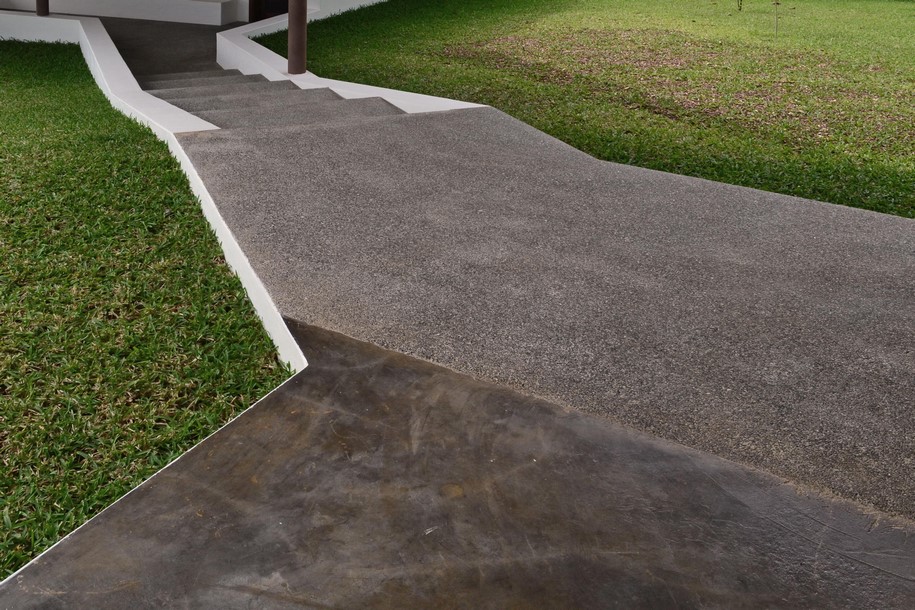
Water is harvested on the roofs and connected in a cistern and supplemented if necessary with water from a nearby stream that is pumped up the hill with a small electric pump.
Heating here is unnecessary and cooling is provided by a few ceiling fans.
Sketches & model:
Facts & Credits:
Architect: OBRA Architects
Type: Residence
Location: Cerro Osa, Osa Peninsula, Costa Rica
Year: 2013 – completed
READ ALSO: NEAR architecture - Cristiano Lippa, Fabiano Micocci and Lorenzo Scarpetti
